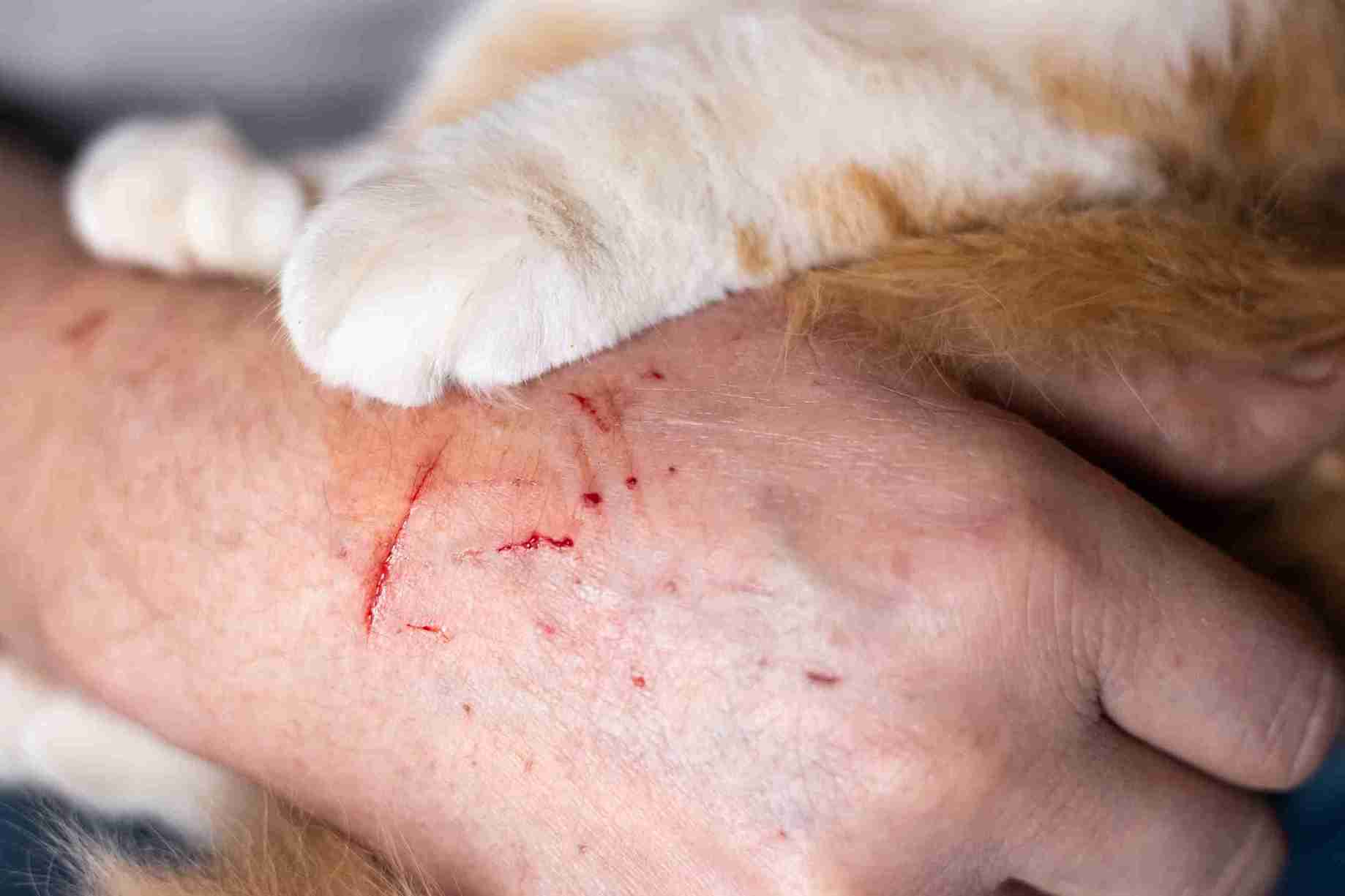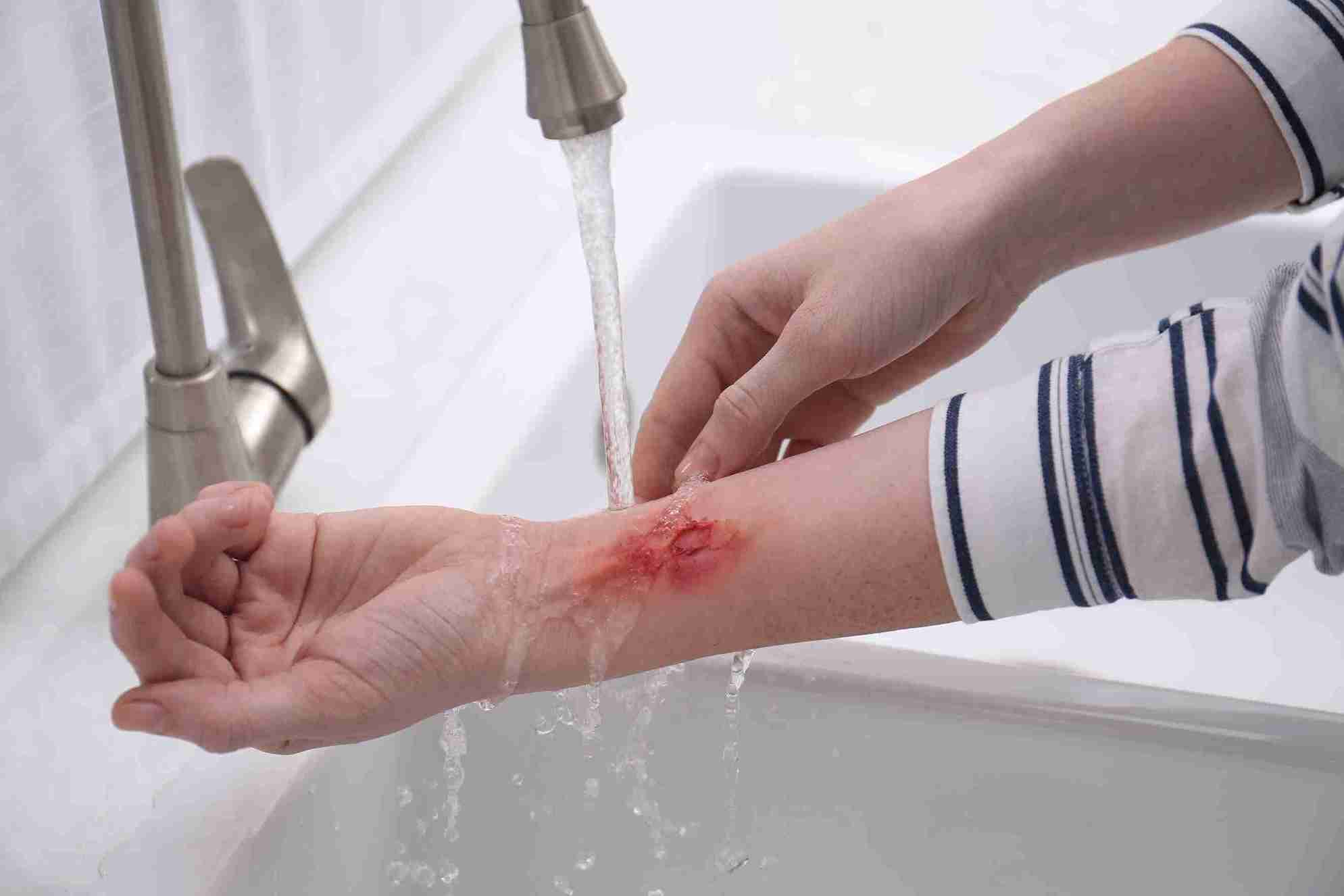
Dogs are man’s best friend. Agreed! However, what about the dogs that are not vaccinated and bite your children? You cannot vaccinate all the dogs around you or make it safe for your child to play with all dogs. Sometimes, bad things happen, and a child can be bitten by a dog with rabies. What do you do then? Rabies vaccine is the solution.

Rabies is a deadly infection that can spread from animals to humans. If an animal with the RABV virus were to scratch or bite a human, the rabies virus could spread. It can also spread when the infected animal’s saliva enters the human body through a cut in the skin or through mucous membranes in the eyes, mouth and nose.
Rabies is most commonly found in dogs. Animals like cats, livestock and wild mammals can also contract the virus. Human-to-human transmission is extremely rare, as it can only spread through organ transplantation or exposure to infected brain tissue.
A rabies vaccine aims to prevent the spread of rabies from an infected animal to humans. The rabies vaccine can be taken as a precautionary vaccine before or soon after exposure. In the case of a precautionary vaccine, a periodic booster dose is necessary.
The rabies vaccine is the same for both adults and children. The injection is given in the upper arm for adults and in the thigh for young children. The dosage and series are similar for both adults and children.
Children are one of the most vulnerable populations when it comes to all infections, especially rabies. They are unaware of the dangers of a stray animal that could hurt them when playing. They don’t know when to reach an adult for help or even to confirm an animal bite or exposure to animal saliva.
When it comes to rabies vaccine for your children, you have two options:
1. PrEP - Pre-Exposure Prophylaxis – You can give this vaccine to children before they are exposed to rabies. Such vaccines are precautionary.
The PrEP vaccine comes with three doses. The Indian Academy of Pediatrics and the CDC recommend giving this series of vaccines to children at high risk. High-risk category children include those with pets, exposure to animals, and those living in neighbourhoods with many stray or infected animals.
2. PEP – Post-Exposure Prophylaxis – This vaccine series has five doses and is given soon after exposure to a rabid animal. Exposure can be through a bite or a scratch.
When a child is exposed to rabies before getting their PrEP vaccine, the PEP vaccine is given based on their weight. They may also require a series of 4-5 vaccines, scheduled on days 1 (immediately after exposure), 3, 7, 14, and 30 post-exposure.

If you are a parent, you are sure to have doubts and concerns about the rabies vaccine. It is natural to wonder if your child really needs that vaccine. Here are some factors you need to consider before deciding to skip the vaccine:
No matter how clean or safe the animal is, it is always safer to consult your doctor if your child has been bitten. The doctor can visually analyse the bite and decide if your child needs a post-exposure vaccine or not.
Even if the animal is vaccinated, some doctors will prefer to give the post-exposure vaccine to avoid any risks.
Vaccinated dogs can also contract rabies from other animals. Rabies vaccines do not offer your dog 100% protection. So, if the dog or animal has rabies, it can be passed on to the child through a bite or scratch.
If you have pets at home or live in a neighbourhood with many stray or even pet animals around, your child will have regular exposure to the animals. The more frequent the exposure, the higher the risk of a bite or a scratch. Giving your child the preventive vaccine will reduce the risk of contracting the infection.
Rabies, if not treated in time, is always fatal. Once the symptoms start showing up, it is almost always too late.
Like every other vaccination, the rabies vaccine has minor side effects. The side effects are minimal. You can expect the following:
In rare cases, like any other vaccine, the rabies vaccine can also cause allergic reactions. Ensure you take your child to the nearest hospital emergency ward immediately.

If your child has been scratched or bitten by an animal, here is what you can do:
Rabies is a dangerous infection that can very quickly turn fatal if not attended to immediately. If a child is bitten or scratched by an animal, it is always safer to get them checked rather than wait for symptoms of rabies in kids to show up. A pre-exposure vaccine is advisable for children at a high risk of exposure to infected animals or for children who are always around animals.


Rabies is a deadly viral infection that passes to humans from infected animals through bites or scratches. Rabies can cause fever, headaches and an uncomfortably tingly sensation at the site of infection. Once the symptoms start showing up, it can be too late to do anything.

Rabies is transmitted to children from an infected animal through bites or scratches. It can also be transferred through the infected animal’s saliva, entering the mucous membranes in the child’s eyes, nose and mouth.

Some common symptoms of rabies are a numbing or tingling sensation in the infected area, fever caused by the infection, headaches or general malaise.

A child in the high-risk category should ideally get a pre-exposure vaccine for rabies. Children who live near animals, with pets or in neighbourhoods with stray or infected animals are at a high risk of rabies and should take a precautionary vaccine. They should also get a booster dose from time to time. Children can also get a post-exposure vaccine soon after the bite or scratch. They should get the vaccine without wasting time and before symptoms start showing.